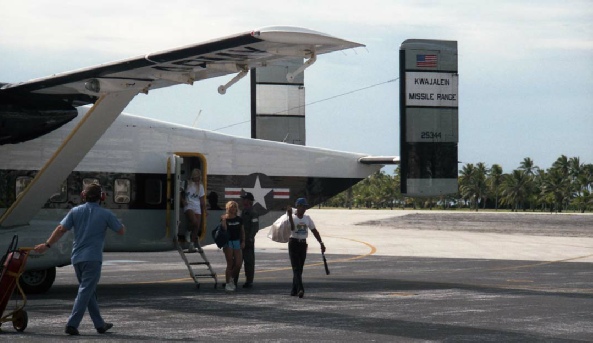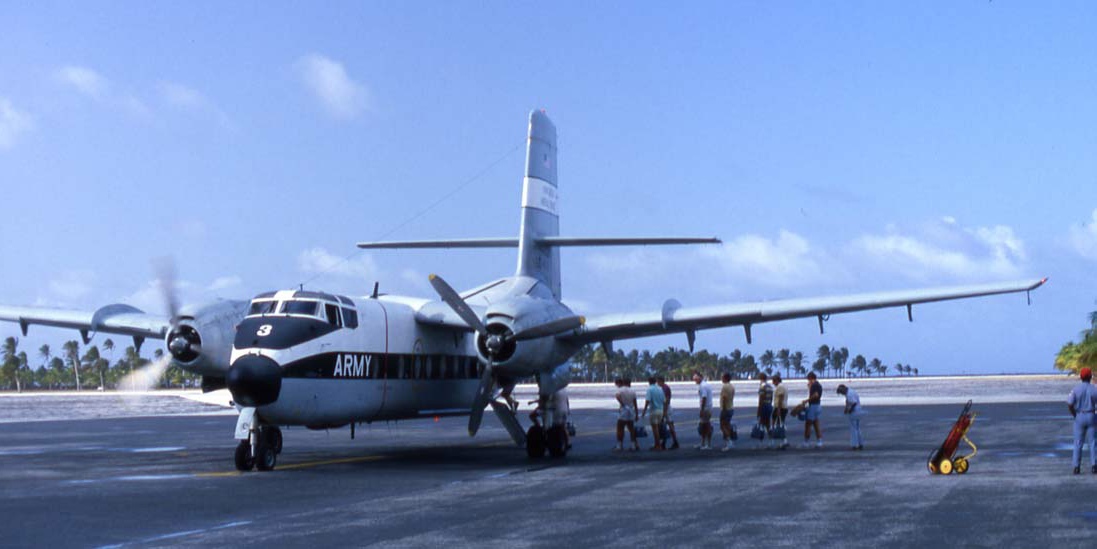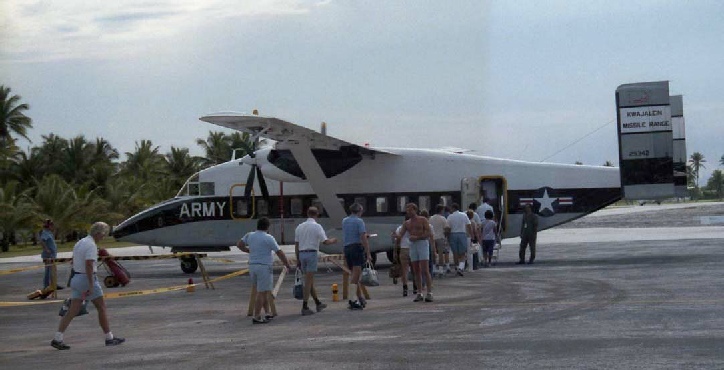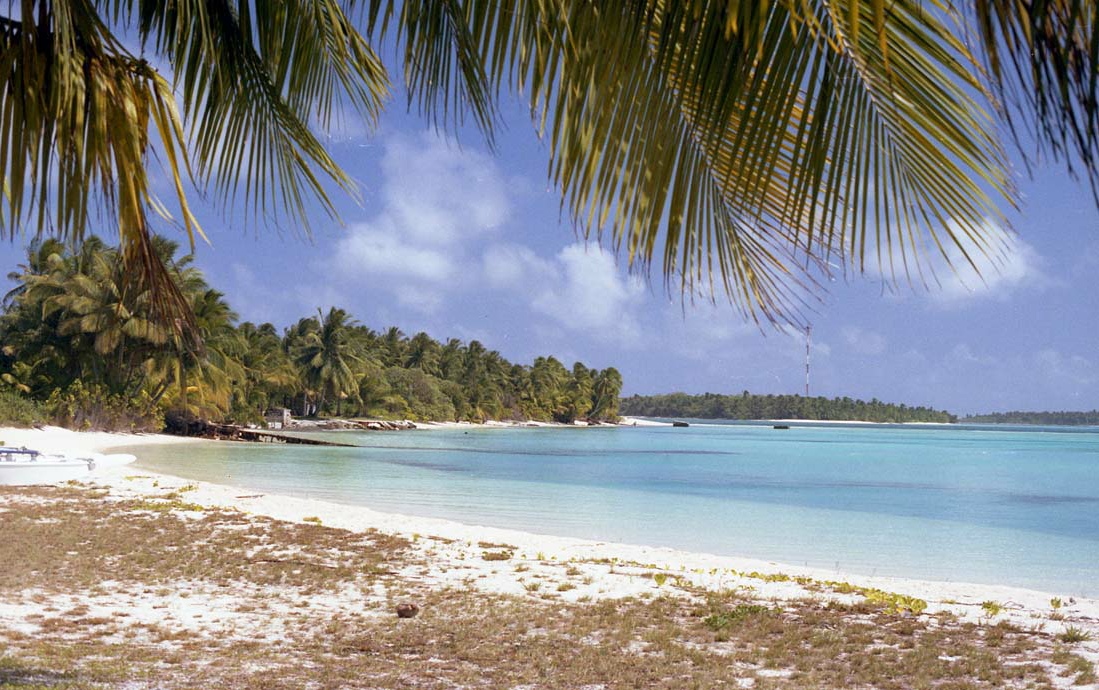


Why did we come back for a second tour of Kwaj? Back in Massachusetts at the research arm of M.I.T. called MIT Lincoln Labs, there was a program to develop a new radar. This radar would be different from the previous radars in that it was super high frequency.
Why do that? Well, it turns out that what radar can detect is associated with the wavelength of the frequency at which it operates. Low frequency means long wavelength. So low frequency radars can detect things like battleships, Russian bombers with counter-
Higher frequency radars can detect smaller objects like nasty rocket warheads. And even higher frequency radars can detect… well, even smaller stuff which might be interesting somewhere.
So this one was called the “Millimeter Wave Radar” (MMW). This was leading edge technology especially in 1981 when I got involved. By the time we left in 1986, the MMW was an operational radar, part of the whole radar measurement system at Kwajalein.
And it was providing really neat data for the missile testing being done in Kwajalein.
Oh, and why us??
Back in Massachusetts, they had put together a transmitter for this radar and it had worked for 15 minutes. Then they boxed it up and put it on a Lockheed C-
It turns out the guys at Lincoln Labs had everything figured out except who was going to be in Kwaj to put that radar transmitter back together again and make it work for longer than 15 minutes at a time.
So I got a phone call to come for an interview with RCA, the technical support company for this program. They made me a job offer.
I was working for the Raytheon company in Andover, Massachusetts at the time so I had to decide between staying in Massachusetts or going to Kwaj. Mmmm…….
The job site for this radar was on the northernmost island in the Kwajalein atoll called Roi-
Of course, once you’ve seen one tropical island, you’ve seen ‘em all.
Here’s the transportation to and from work. The Caribou by DeHavilland. Carries 30 passengers. There were three planes for two shifts so each plane made two flights in the morning and two in the evenings.
The flight to work was about 40 minutes long.
Boarding the taxi home after a hard day’s work at Roi.
At some point, they switched to different planes, the Short 330.
More comfortable and quieter.
One of the nice things about the kids being older this tour was that they could come up to Roi by themselves after hours for a picnic.
That’s Jen and Steph getting off the plane.

